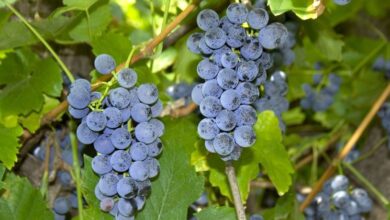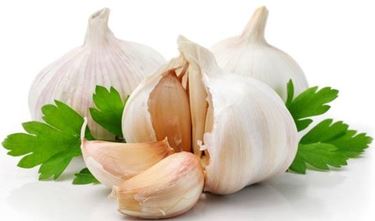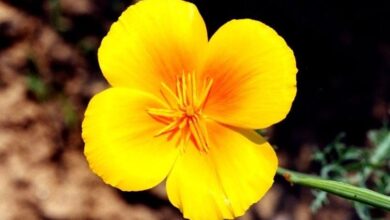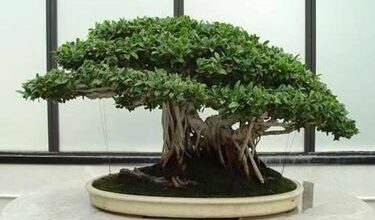Khaki pruning
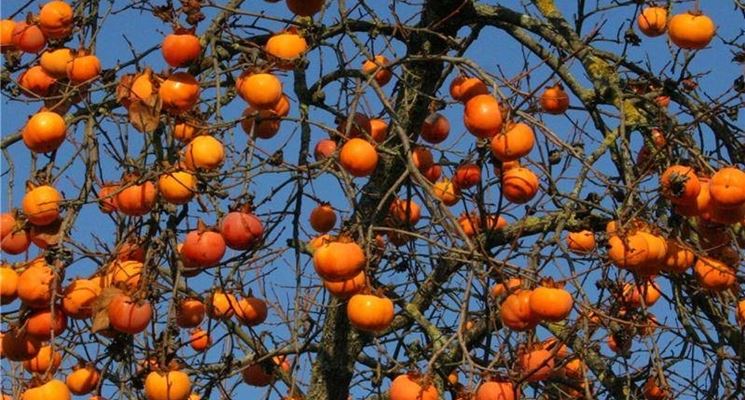
Khaki

Cultivation
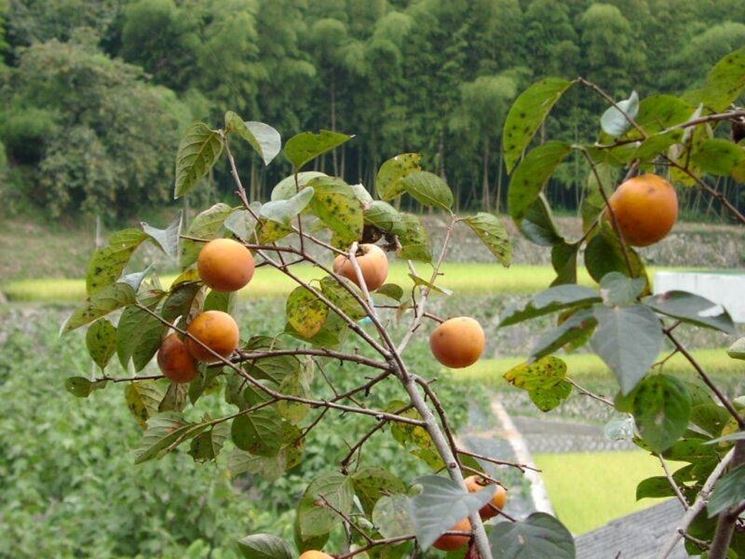
Kaki originate from areas with fairly mild winters and quite hot summers, in fact initially they were grown only in areas with a mild climate, in the case of Italy they were grown only in the south. However, it was later discovered that these plants are also very resistant to cold and therefore can be grown almost anywhere, even in places where the winter minimums are equal to 10 ° C. Persimmons prefer to be placed in well-lit places and where the sun’s rays arrive. Since they do not fear the cold they can be safely grown in the open ground in outdoor places. What is not recommended is growing in pots because the roots need space. For the first years after the plant is planted it must be watered both during the spring and the summer period, especially in case of drought. Kaki should be planted when they are young plants as they do not like too many movements. Before planting them, the soil must be worked by adding stalks or pumice stone to ensure excellent drainage.
Pruning
Persimmon trees do not require special pruning, only excess branches (which change the shape of the crown), dry, damaged or broken branches must be removed. The branches that intertwine with each other as they grow can also be moved manually without the need to cut them. However, it may happen that as the branches grow they lose that aesthetic beauty to the plants and the branches become heavy to damage the fruits, in this case it is right to proceed with a pruning to thin out the foliage. These interventions are called production pruning given that the production branches that are in excess are removed. Basically the pruning of the persimmon is carried out either on the productive branches or on the unproductive ones, or the branches that have now become dry and broken. In reality, pruning can also be carried out on suckers, straight branches that arise at the base of the trunk of the plant and which subtract energy from itself. When pruning the productive branches it is advisable to remove with cuts only the damaged branches or those weak and thin that would not be able to bear the weight of the fruit. Remember that in these plants the one-year-old branches are still productive branches and therefore you do not need to cut many of them otherwise you risk blocking the productivity of the fruits. When pruning the productive branches it is advisable to remove with cuts only the damaged branches or those weak and thin that would not be able to bear the weight of the fruit. Remember that in these plants the one-year-old branches are still productive branches and therefore you do not need to cut many of them otherwise you risk blocking the productivity of the fruits. When pruning the productive branches it is advisable to remove with cuts only the damaged branches or those weak and thin that would not be able to bear the weight of the fruit. Remember that in these plants the one-year-old branches are still productive branches and therefore you do not need to cut many of them otherwise you risk blocking the productivity of the fruits.
Khaki pruning: When and how to prune
As already mentioned previously, the kakis do not need pruning but in case it is necessary to do them it is good to know that they must be done after the winter period. It is necessary to intervene in periods far from the vegetative rest and the fruiting period. To prune these plants, tools such as scissors and shears specially created for these interventions must be used. If we are in the presence of too high branches you can also use the pruner, if instead the branches are too large you can use the saw. The tools that are used for pruning must be well sharpened in such a way as to create clean, decisive cuts and not create fraying in the bark. It is also good to know that tools must be cleaned and disinfected before and after use, preferably over a flame. In this way we will avoid causing diseases or infections to the plant. We can help the healing of wounds caused by pruning cuts by using agricultural mastic to be purchased in specific points of sale for these activities. The pruning of these types of plants is simple enough to avoid the intervention of expert gardeners, the important thing is to proceed with precise cuts. The advice given is to avoid excessive pruning, better to prune a little than to prune too much. The pruning of these types of plants is simple enough to avoid the intervention of expert gardeners, the important thing is to proceed with precise cuts. The advice given is to avoid excessive pruning, better to prune a little than to prune too much. The pruning of these types of plants is simple enough to avoid the intervention of expert gardeners, the important thing is to proceed with precise cuts. The advice given is to avoid excessive pruning, better to prune a little than to prune too much.

